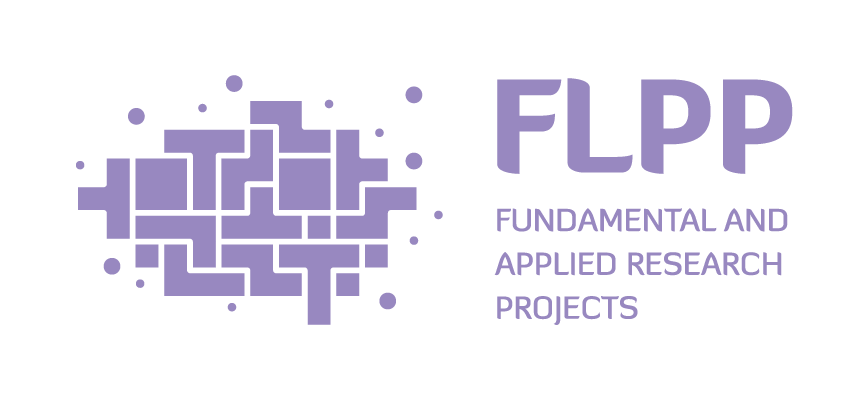Latvian Council of Science agreement No. lzp-2018/1-0431
Root rot caused by Heterobasidion species (H. parviporum and H. annosum) causes great economical losses in managed coniferous forests of Latvia. The losses in spruce stands are estimated to be at least 4000 EUR per hectare. Treatment of fresh stump surfaces of Norway spruce and Scots pine with biological control agents containing spores of Phlebiopsis gigantea reduces infection of stumps by Heterobasidion spores. In Latvia, commercial preparation Rotstop®, containing P. gigantea isolate of Finnish origin, is used. Heterobasidion spreads in roots from tree to tree; hence it is essential to reduce also this type of spreading. The main aims of the present study are: i) to assess the development of the P. gigantea in conifer stumps and stump roots on peat and mineral soils; ii) to evaluate the effects of P. gigantea treatment in stumps of spruce trees that contain Heterobasidion butt rot at the time of cutting. The development of P. gigantea in spruce and pine stumps will be compared one and six years after treatment on mineral and peat soils. Heterobasidion species causing butt rot of spruce in experimental plot on peat soil will be identified and the population structure analyzed. We will assess wood colonization by P. gigantea on stump surface and its spread in stump and stump roots, as well as spread of Heterobasidion infection. Analysis on the development of P. gigantea in small-diameter pine and spruce stumps, in understory spruce stumps, and in stumps of diseased spruce containing butt rot may lead to new recommendations for forest management, to reduce losses caused by Heterobasidion root and butt rot. Stump treatment with P. gigantea may reduce development of Heterobasidion fruit bodies, but more investigations on this subject are needed. In this project also long-term sample plots will be established to evaluate long-term impact of Rotstop on genetic diversity of local P. gigantea population. This long-term research meets previously indicated requirements of the priority directions of science in Latvia. Studies on biology of Heterobasidion in forests on peat soil, and on development of P. gigantea in conifer stumps will give new information about the use of biological control agents against Heterobasidion root rot. This knowledge can promote forest health and productivity, lead to more effective use of natural recourses and strengthen competitiveness of Latvian forestry.